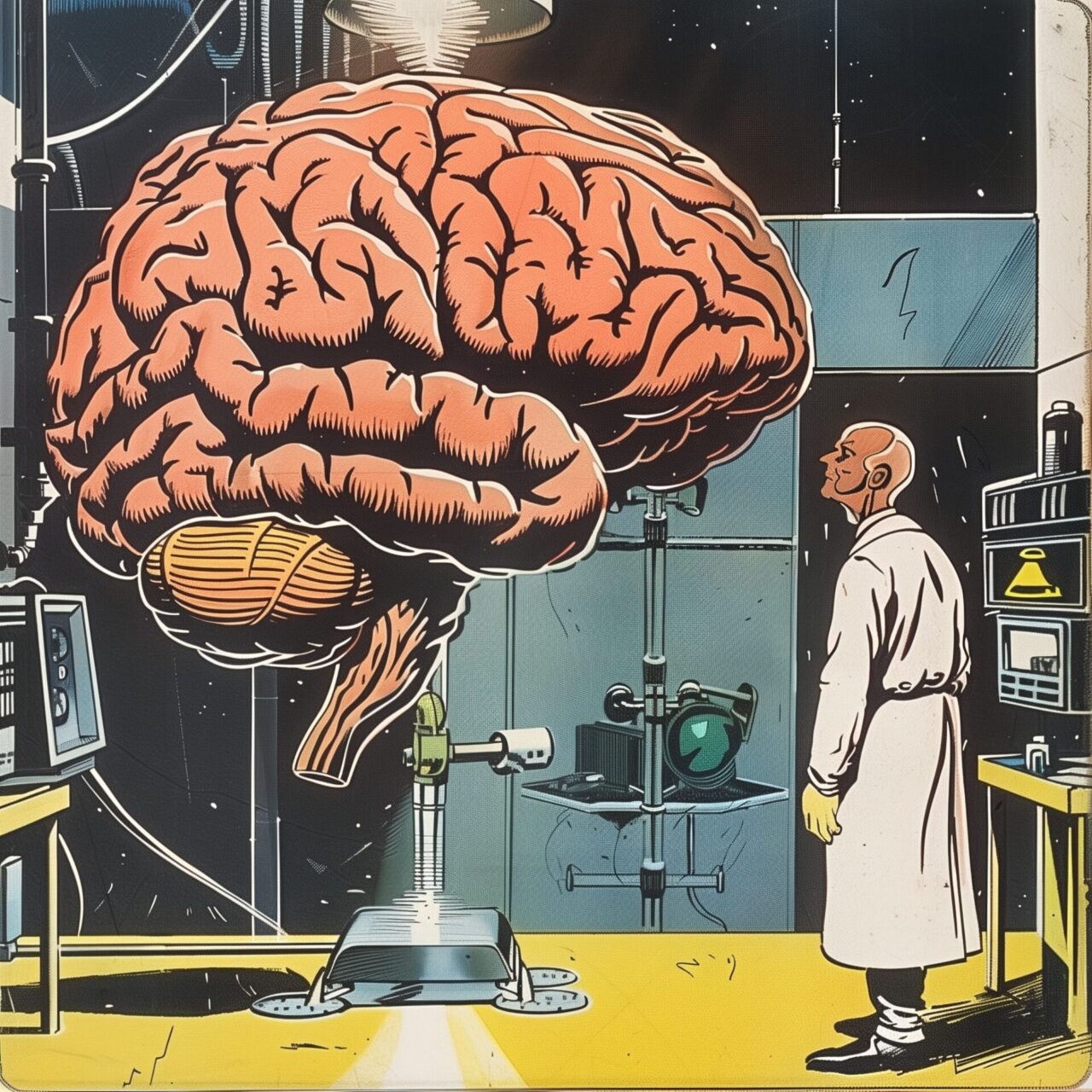
Tetris
Tetris, the iconic puzzle game that originated in the chilly halls of the Soviet Union, is arguably the prime example of the hypnotic appeal of seemingly simple computer games. Developed in 1984 by Alexey Pajitnov, a software engineer at the Soviet Academy of Sciences, Tetris combines the simple elegance of mathematical tetrads with the nerve-wracking thrill of a race against time. But what exactly makes this classic block game a cultural phenomenon whose echoes continue into today’s digital era?
A game conquers the world
The history of Tetris is as complex and multi-layered as the game itself. After its creation in Moscow, the game quickly spread beyond the borders of the Soviet Union and became a global phenomenon. The rights to Tetris were traded and sold in a bewildering series of deals spanning several continents and a multitude of companies. This led to a veritable Gordian knot of legal disputes that was only untangled years later. The commercial success of Tetris was enormous – it was released on almost every platform available, from desktop computers to games consoles and portable devices.
The psychological puzzle game
However, the fascination with Tetris cannot be explained by its commercial distribution alone. From a psychological point of view, Tetris appeals to deeply rooted areas of the human brain. One of the theories is the so-called “Zeigarnik effect”, named after the Russian psychologist Bluma Zeigarnik, who discovered that unfinished tasks are better remembered than completed ones. Tetris, with its never-ending, ever faster falling tetrominoes, never really offers completion; each level solved only leads to another, more difficult one, constantly challenging the brain.
The joy of “matching”
Another psychological aspect is the profound pleasure people get from ‘matching’. Snapping the Tetris blocks into the perfect position provides a visual and mental satisfaction that triggers reward signals in the human brain. This is often explained by the “closed figure” principle from Gestalt psychology, which states that our minds have a natural preference for completing incomplete figures and thus creating order in perceived chaos.
Endless play, endless stimulus
The endless nature of Tetris – in theory, the game can go on forever as long as the player can control the falling blocks – creates an enduring engagement. This “endlessness” of the game can be seen as a metaphor for the human endeavour to constantly improve and overcome new challenges.
 09
09
Cultural and technological resonance
Tetris has also benefited from its timing – it came onto the market at a time when the world was beginning to take a serious look at digital technologies. In an era of the Cold War, a simple game from the Soviet Union became a global symbol of cultural understanding. The game bridged political and cultural divides and showed that a good idea can find favour anywhere in the world.
Tetris remains a fascinating example of how a simple concept can have a profound cultural, psychological and economic impact. It is proof that there is often unexpected depth in simplicity and that games, even if they appear trivial at first glance, can offer profound insights into human behaviour and culture. The world of Tetrominos is not just a game, but a reflection of human nature.


